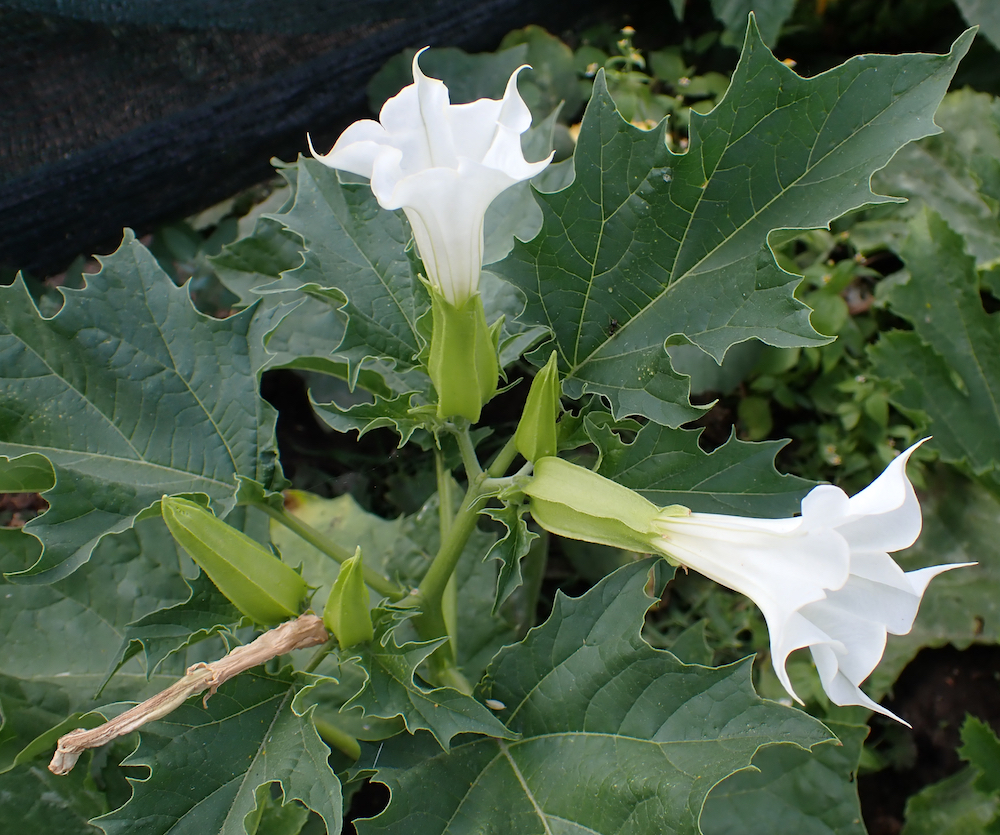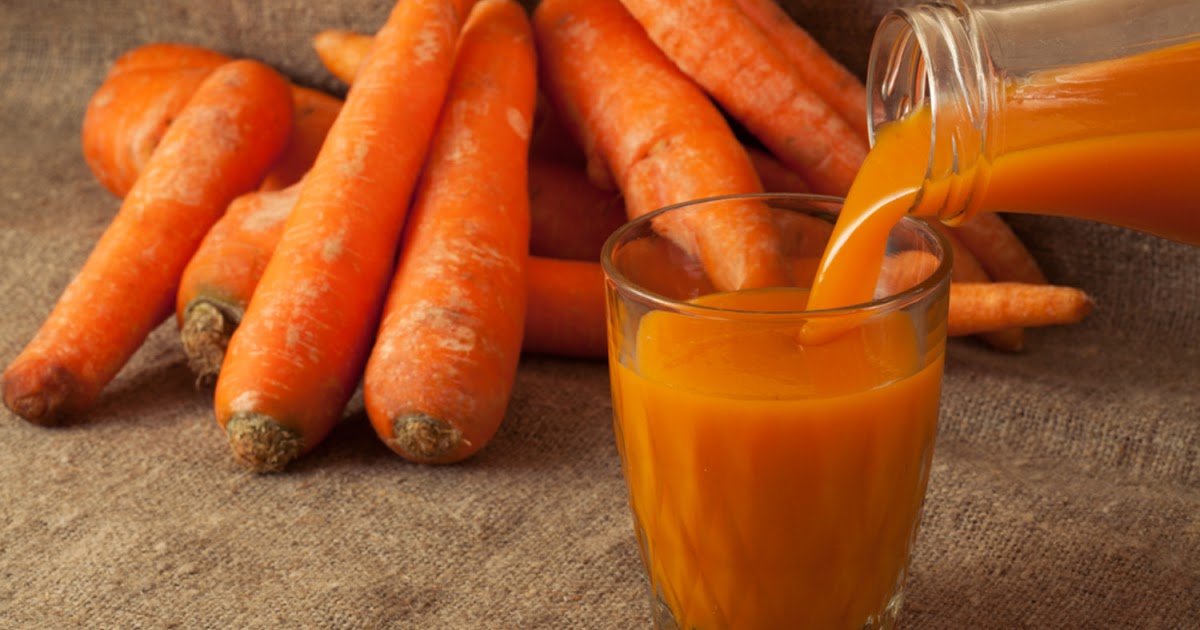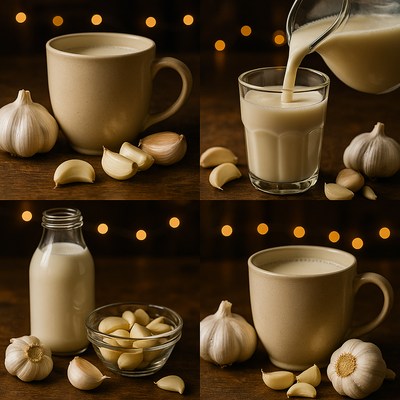
Datura stramonium, also known as thorn apple, jimsonweed, devil’s trumpet, or simply datura, has captivated and concerned people for centuries. This unique plant’s remarkable features and powerful effects have sparked fascination in fields like botany, traditional medicine, and even folklore. However, it is crucial to handle and approach datura with caution, as its toxicity demands respect.
Getting to Know Datura Stramonium
Datura stramonium belongs to the nightshade family (Solanaceae), alongside common plants like tomatoes, potatoes, and deadly nightshade. Native to the Americas, it has now spread worldwide, thriving in various environments, particularly in disturbed soils like roadsides, pastures, and waste grounds.
Key Features:
- Height: Reach up to 1.5-2 meters.
- Leaves: Broad, dark green, with irregular lobes.
- Flowers: Trumpet-shaped and often white or pale purple, emitting a sweet but heavy fragrance. They bloom at night.
- Seed Pods: Spiny, oval capsules that split open when mature, releasing numerous small, black seeds.
Chemical Composition and Effects
Datura stramonium contains several potent alkaloids:
- Atropine
- Scopolamine
- Hyoscyamine
These compounds impact both the central and peripheral nervous systems by obstructing the neurotransmitter acetylcholine. As a result, they can induce a range of effects, from mild sedation to intense hallucinations and delirium.
Historical and Cultural Significance
Datura stramonium holds a long-standing history of use in various cultures due to its medicinal and psychoactive properties. People have valued this plant for its therapeutic benefits and mind-altering effects.
Health Risks of Datura Stramonium
Despite its visual appeal, Datura Stramonium contains highly toxic alkaloids such as atropine, scopolamine, and hyoscyamine. Ingesting any part of the plant, including the leaves, flowers, seeds, or roots, can lead to a wide range of symptoms. These include hallucinations, delirium, rapid heartbeat, blurred vision, dry mouth, difficulty swallowing, and in severe cases, coma or even death.
Accidental Poisonings and Concerns
Although Datura Stramonium is occasionally grown in gardens for its ornamental value, it poses a significant risk due to its toxicity. Additionally, its seeds are sometimes used in traditional medicine or recreationally for their hallucinogenic properties. This poses a particular danger, especially in households with children or pets who might unknowingly come into contact with the plant.
Prevention and Management
To avoid accidental poisonings, it is crucial for gardeners to familiarize themselves with the characteristics of Datura Stramonium and exercise caution when handling or disposing of it. If you suspect ingestion or contact with Datura Stramonium, seek medical attention immediately. Prompt treatment is vital for a successful outcome in cases of poisoning.
While Datura Stramonium may be visually striking, it is best to avoid growing it in gardens and landscapes, especially in environments where children or pets are present. By being aware of the risks associated with this plant and taking appropriate precautions, gardeners can ensure the safety of themselves and their loved ones.
Embrace Caution and Respect
Datura Stramonium may possess an alluring beauty, but its potential toxicity emphasizes the importance of being cautious when selecting plants for your garden. Always research the plants you intend to grow, and if you suspect Datura Stramonium in your garden, take the necessary steps to remove it safely and prevent accidental exposure.
Datura Stramonium is a plant of contradictions—beautiful yet dangerous, medicinal yet toxic. Its historical significance and modern applications highlight its dual nature. Whether studied for its scientific properties or admired for its striking appearance, it serves as a powerful reminder of nature’s potency. When encountering this enigmatic plant, caution and respect are of utmost importance.




